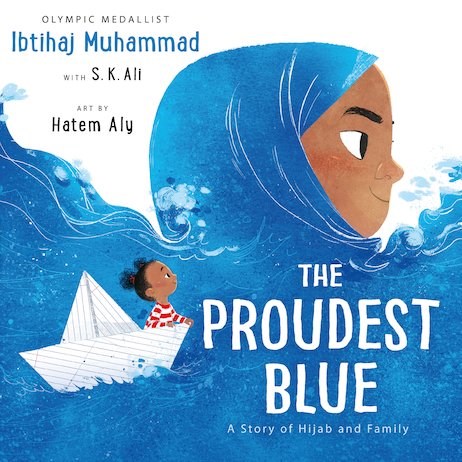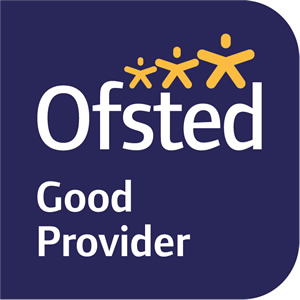PHONICS

Our school has chosen Little Wandle Letters and Sounds Revised, as our systematic synthetic phonic programme (SSP) to teach our pupils early reading and spelling.
In Nursery the children begin their journey through the foundation for Phonics programme, which aims to give every child the best possible start to their reading journey. We build the foundations for children to succeed with phonics in Reception. We do this using Little Wandle’s Tuning into sounds and Rhyme time activities.
In Reception and continuing into Year 1, using the Little Wandle progression programme your child will learn the entire alphabetic code through daily, structured lessons.
At the end of Year 1 all pupils will complete the National Phonics Screening Check. This is a short statutory assessment that is carried out informally with the child’s class teacher. This check helps to ensure children are making expected progress in phonics.
In Year 2 there is a seamless link from the core programme that the pupils have been taught in previous years that moves onto Little Wandle Fluency. Fluency is when pupils learn to read with accuracy, automaticity and prosody. We follow Little Wandle Spelling which consists of a phase 5 review, a bridge to spelling unit and then spelling units.
The videos below show how to pronounce the sounds.
Nursery




Reception
Reception Autumn 1 sounds
Download a guide to how children are taught to say their sounds in Reception Autumn 1
Reception Autumn 2 sounds
Download a guide to how children are taught to say their sounds in Reception Autumn 2
Reception Spring 1 sounds
Download a guide to how children are taught to say their sounds in Reception Spring 1
Year 1
Year 1 sounds
Download a guide to how children are taught to say their sounds in Year 1.
How to write capital letters
How to write capital letters
Download a guide to how children are taught to write capital letters
Supporting Phonics at Home
Although your child will be taught to read at school, you can have a huge impact on their reading journey by continuing their practice at home.
"The most important thing you can do is read with your child!"
"Reading and chatting as you share books will have a positive impact on your childs ability to: understand word and sentences, use a wide range of vocabulary, concentrate for longer periods and develop comprehension skills."
There are two types of reading book that your child may bring home:

A Reading Practice Book.
This book has been carefully matched to your child’s phonic stage and current reading level. If your child is reading it with very little help, please don’t worry that it is too easy – your child needs to develop fluency and confidence in reading.
We encourage you to listen to your child read the book. If they can’t read a word, read it to them. After they have finished, talk about the book together. Remember to give lots of praise and celebrate their success!




A Sharing Book.
To encourage your child to become a lifelong reader, it is important that they learn to read for pleasure. The sharing book is a book they have chosen for you to enjoy together. This is a book that your child will not be able to read on their own.
We recommend that you find a suitable time to read it to or with them. Chat about the pictures, enjoy the story and predict what might happen next before you turn the page!
Children love it when you use different voices for the characters; try a squeaky voice, a deep voice or a growly voice and see how much enjoyment this brings.
Your child may have chosen to bring home an information book, children can be encouraged to explore the facts in a non-fiction book with amazement and wonder.
The main thing is that you have fun whilst sharing the book together !
Why not try sharing some of the books below.







